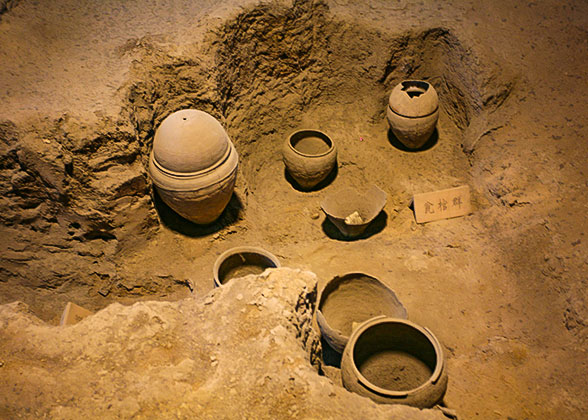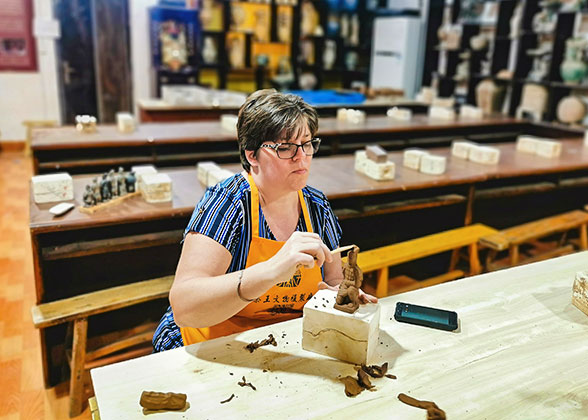Stele Forest - Beilin Museum
Stele Forest Museum, also Beilin Museum located inside the South Gate of Xi'an City Wall, was built based on Xi’an Confucius Temple dating to 1087. As a paradise for Chinese calligraphy lovers, the museum is a key venue of stone steles and epitaphs spanning 2,000 years. The many two-meter tall steles stand next to each other, like a forest, thus the name Stele Forest Museum.
Apart from stone steles, it houses some exquisite ancient stone sculptures. All together, the cultural relics in Stele Forest Museum amount to 14,000, among which 134 are national treasures, making the museum a must-go to feel the charm of Chinese civilization.
What are Chinese Stone Steles?
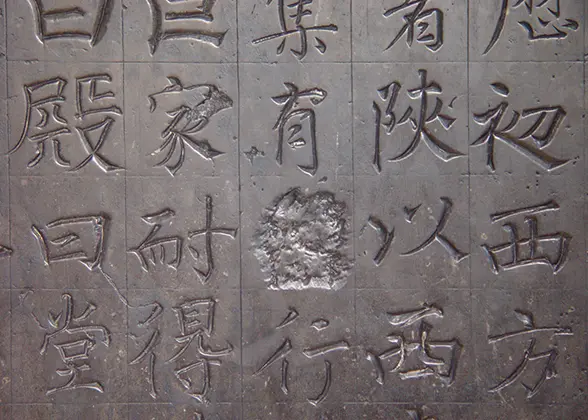 |
| Nestorian Stele |
A stele is a vertical stone usually erected in front of a palace, mausoleum, or temple which consists of three parts: the head, the body and the base. The head has both decorative and identification functions. Common shapes include Chishou: dragon-shaped relief and Guishou: pointed triangle head. Some early monuments have a hole in the upper part (like Stele of Cang Jie), which is said to be for threading ropes to help with coffin burying. The body is always engraved with the inscription, chronology, signature, etc. The base part is for load-bearing and also has symbolic meanings. The most common is the turtle base. The turtle-shaped god beast Bixi is considered one of the nine sons of the dragon, a symbol of nobility so turtle bases are often seen in royal steles.
Stone steles have both historical and artistic value. The historical value lies in inscriptions which may be articles and works of historical figures, the life of the tomb owners, or records of historical events such as emperors’ achievements, military conquests, and infrastructure construction. The artistic value lies mainly in calligraphy. The inscriptions are often written by calligraphers, and skilled craftsmen engrave them on the stele, preserving the ancients’ handwriting forever. Many of the famous steles in the museum are famous for their calligraphy.
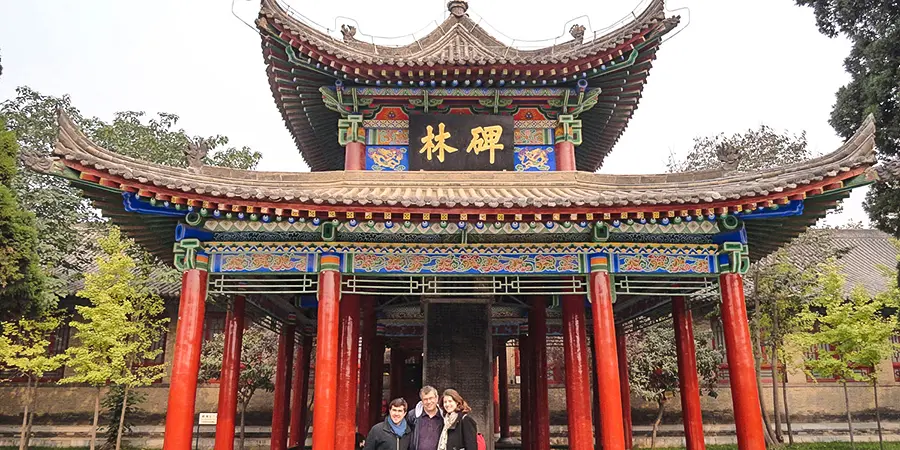 |
Layout of Xi’an Stele Forest Museum
The Beilin Museum is mainly made up of two parts: the south part used to be Xi’an Confucius Temple and the north part completed and opened in 2025.
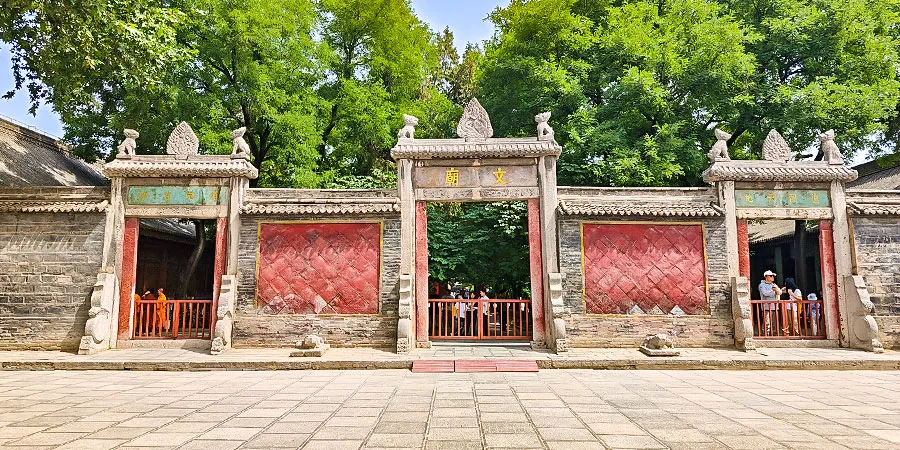 |
| Lingxing Gate, Entrance of Stele Forest Museum |
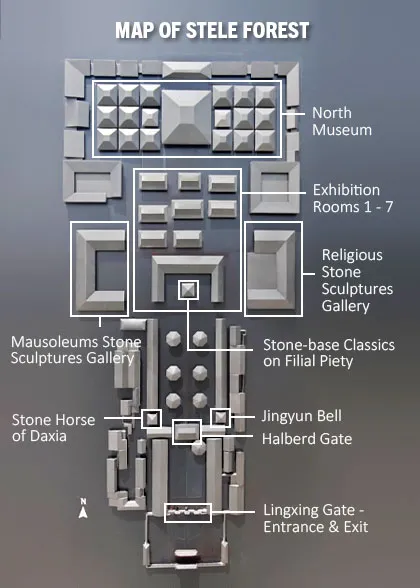 |
The South Museum is a classical ancient Chinese architectural complex with a central axis. Stone steles are displayed in exhibition rooms 1-7. On the either side of these 7 exhibition rooms there are two sculpture galleries: the one to the west shows pictorial stones from tombs of Han Dynasty (202 BC - 220 AD) and stone sculptures unearthed from tombs of Tang Dynasty (618 - 907 AD); the one to the east houses 150 stone Buddhist statues from North Wei Dynasty (386 - 534) to Song Dynasty (960 - 1279 AD).
The North Museum, with one floor above ground and two underground, was built to house and display more treasures. After its construction, the number of collections in Stele Forest Museum has been expanded from previous 11,000 to 14,000. A highlight here is that stone steles are not covered by glass, so without any shelter, the inscriptions and handwritings on steles can be clearly seen. Beside the stele, there are big touch screens with virtual rubbings on which you can copy the famous calligraphy works with your fingers.
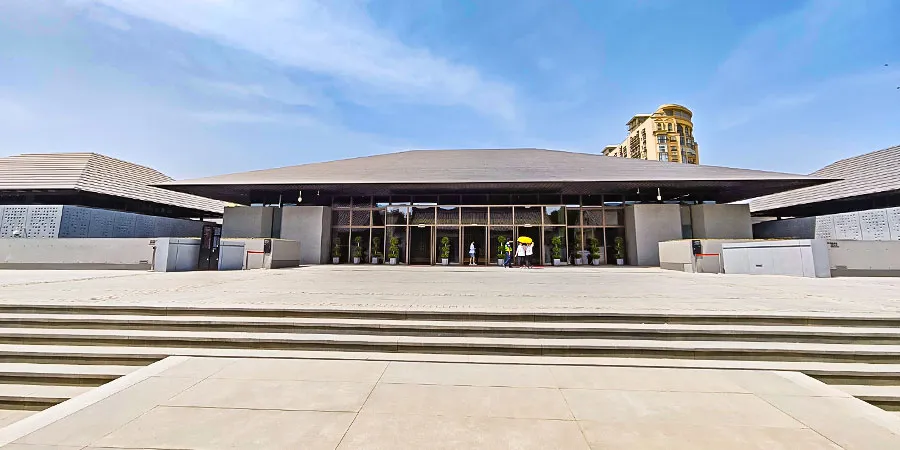 |
| North Museum |
Must-see National Treasures in Stele Forest Museum
Stone-base Classics on Filial Piety
Location: inside the stele pavilion on Beilin Square, South Museum
Time: 745 AD, Tang Dynasty
Significance: The inscriptions were transcribed by Emperor Li Longji, the only female emperor in Chinese history Wu Zetian’s grandson whose reign was the longest in Tang Dynasty
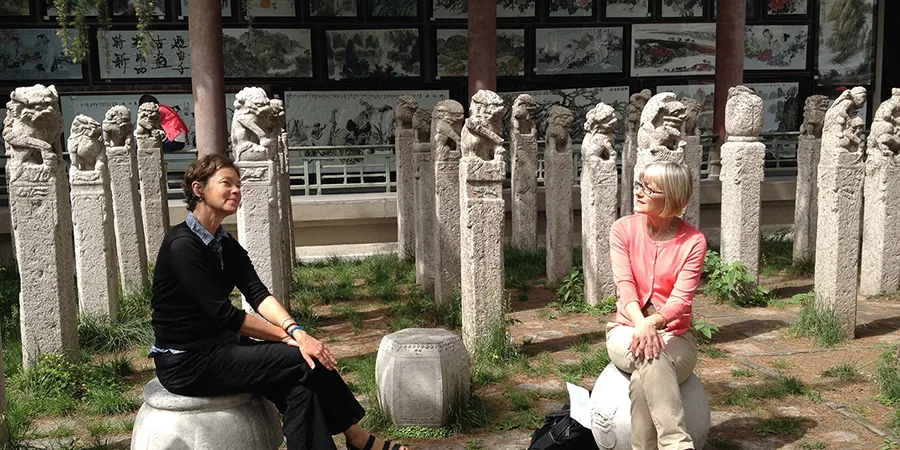 |
| Stone Tablet of Classic of Filial Piety |
Kaicheng Classics
Location: Exhibition Room 1, South Museum
Time: 837 AD, Tang Dynasty
Significance: The largest and best-preserved set of stone books in China including 12 reading books including the world-known Book of Changes, counting 65, 0252 Chinese characters.
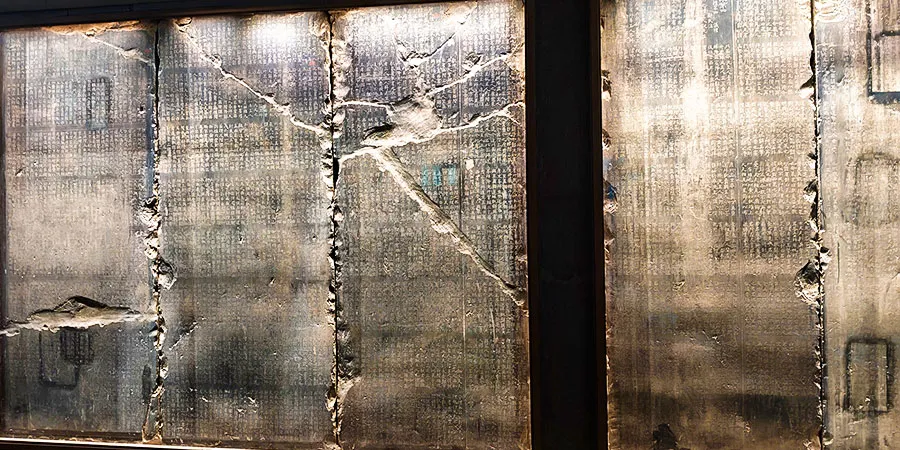 |
| Kaicheng Classics |
Stone Horse of Daxia
Location: west side of the Halberd Gate, South Museum
Time: Daxia Dynasty (407 - 431)
Significance: The only found relics with written words proving the existence of Daxia Dynasty
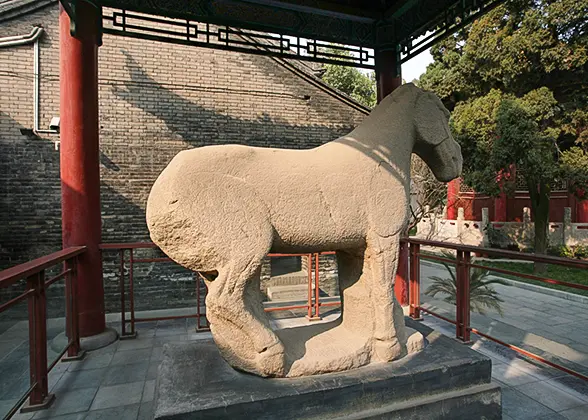 |
| Stone Horse of Daxia State |
Jingyun Bell
Location: the east side of the Halberd Gate, South Museum
Time: 711 AD, Tang Dynasty
Significance: The only existing bronze bell whose inscriptions were written by an emperor. It was used to tell the time to people living in Chang’an (nowadays’ Xi’an), the capital of Tang Dynasty.
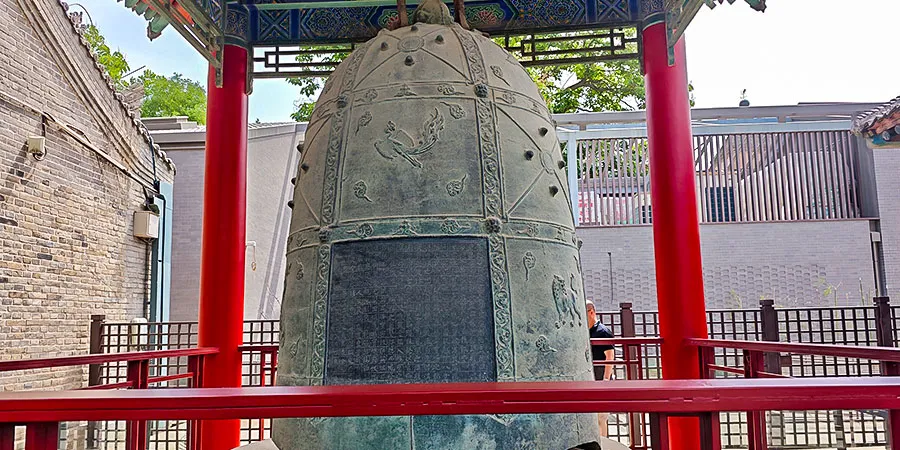 |
| Jingyun Bell |
Stone Carvings of the Mencius
Time: Qing Dynasty (1644 - 1911 AD)
Significance: The engravings of two great works mainly elucidating how one should cultivate oneself, regulate the family and govern the state by Mencius, another Chinese thinker of Confucianism, only second to Confucius)
Stele of Cang Jie
Location: Room 3, South Museum
Time: Eastern Han Dynasty (25 - 220 AD)
Significance: The first stele to document Cang Jie’s master stroke in creating Chinese characters.
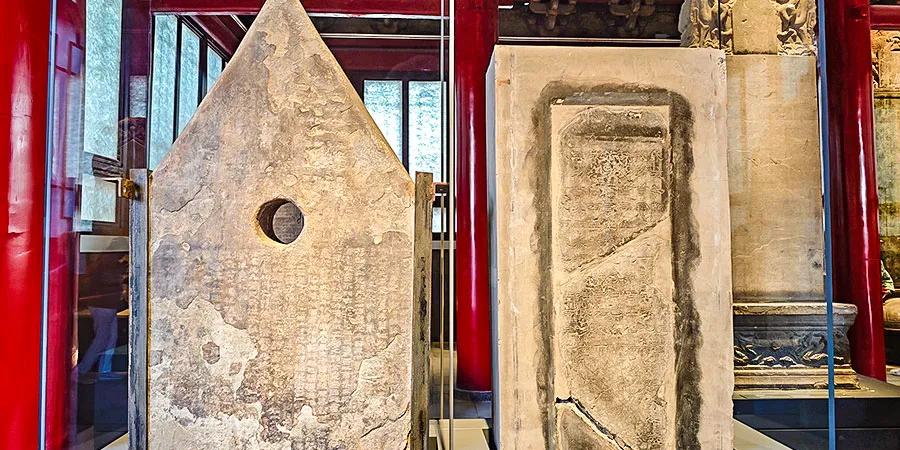 |
| Stele of Cang Jie |
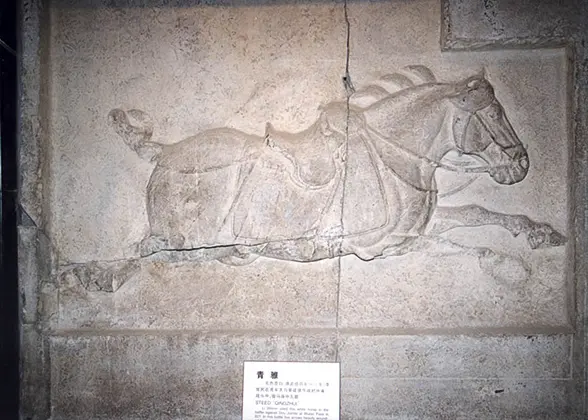 |
| Stele of Preface to Holy Doctrine |
Stele of Yishan, Stele of Caoquan & Stele of Preface to Holy Doctrine by Wang Xizhi
Location: west side of 1F, North Museum
Time: Qin Dynasty (221 - 207 BC), East Han Dynasty and North Song Dynasty (960 - 1127 AD)
Significance: Representative works of Zhuan - Seal Script, Li - Clerical Script and Xing - Running Script
Stele of Qinli
Location: east side of 1F, North Museum
Time: Tang Dynasty
Significance: The best representative handwritings of Yan Zhenqing, the no. 1 master of regular script.
Stomachache Script of Zhang Xu
Location: B1, North Museum
Time: written by Zhang Xu in Tang Dynasty and carved in Song Dynasty
Significance: The great work of cursive script, the most technically difficult handwriting style.
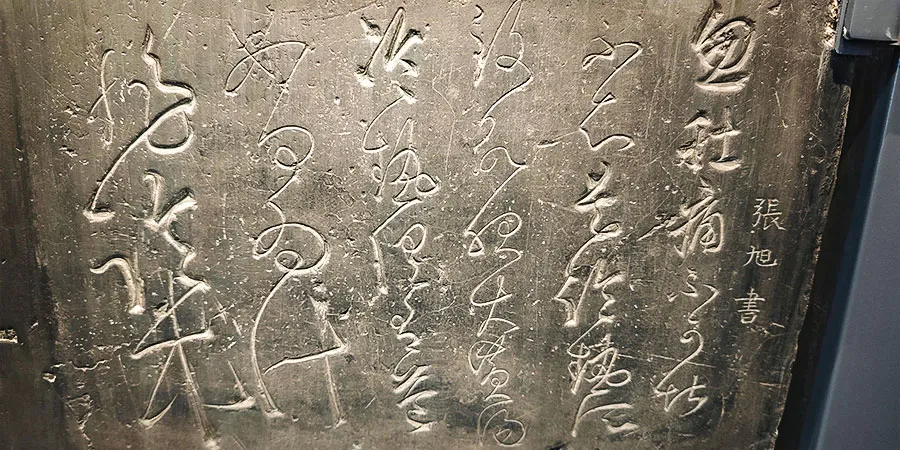 |
| Stomachache Script of Zhang Xu |
Nestorian Stele
Location: “Voice of Stone on the Silk Road”, east side of B2, North Museum
Time: 781 AD, Tang Dynasty
Significance: The record of the initial development of Nestorian Christianity and how Alopen Abraham did his missionary work in China during the Tang dynasty.
Six Steeds of Zhaoling Mausoleum
Location: north side of B2, North Museum
Time: 636 AD, Tang Dynasty
Significance: These stone horses were modeling after the favorite warhorses of Li Shimin, the second emperor of Tang Dynasty![]() National Treasures in Stele Forest
National Treasures in Stele Forest
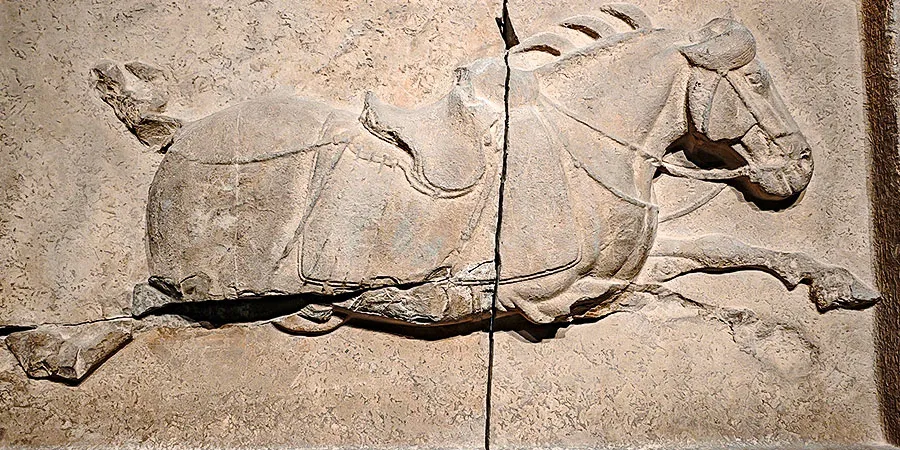 |
| Six Steeds of Zhaoling Mausoleum |
Recommended Visiting Route
Cover Every Hall from the South to North
South Gate – Lingxing Gate – Halberd Gate – Beilin Square – Xiaojing Pavilion – Exhibition Room 1 – 4 – North Museum – Exit and back to the south for Room 5-7 on the west - Mausoleums Stone Sculptures Gallery - Religious Stone Sculptures on the east – back to the Central Axis – Halberd Gate – Lingxing Gate and out
Time needed: 4 hours
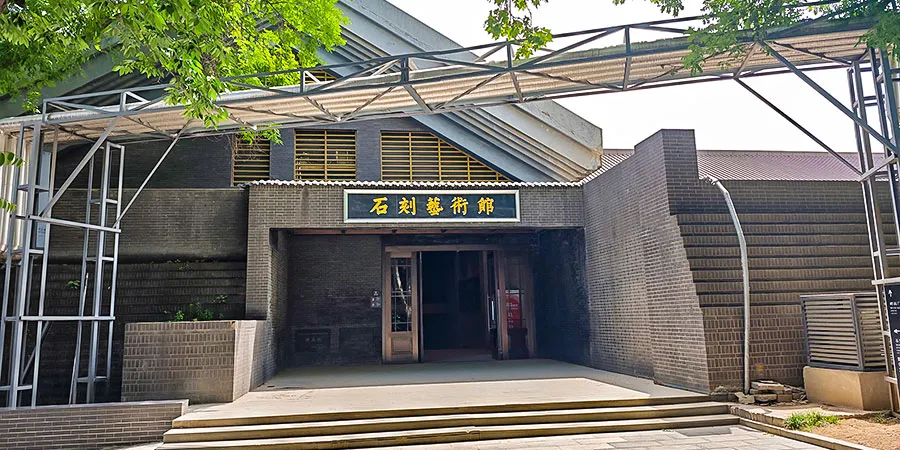 |
| Religious Stone Sculptures Gallery |
Shorter Route for Exquisite Collections
South Gate – Lingxing Gate – Halberd Gate – Beilin Square – Xiaojing Pavilion – Exhibition Room 1 – 4 – North Museum – back to the south - Mausoleums Stone Sculptures Gallery on the west – Halberd Gate – Lingxing Gate and out
Time needed: 2-3 hours
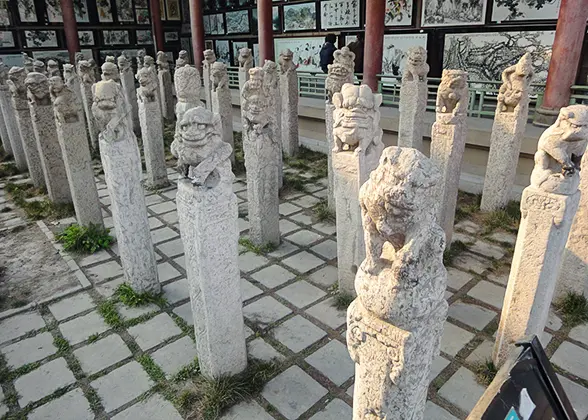 |
| Mausoleums Stone Sculptures Gallery |
Admission Fee & Opening Hours
| Entrance Fee | CNY 85 * A combo ticket for this museum and Xi'an City Wall costs CNY 120. |
|---|---|
| Opening Hours | 9:00 - 18:30 (check-in stops at 17:00) |
How to get to Stele Forest
Or take bus no. 14, 23, 208, 216, 221, 258, 402 or 800 and get off at Wen Chang Men (Wen Chang Gate) Station. Walk south for 100 meters (109 yards) and turn right to find the Stele Forest.
Xi'an Bus /Metro Search
Nearby Attractions:


